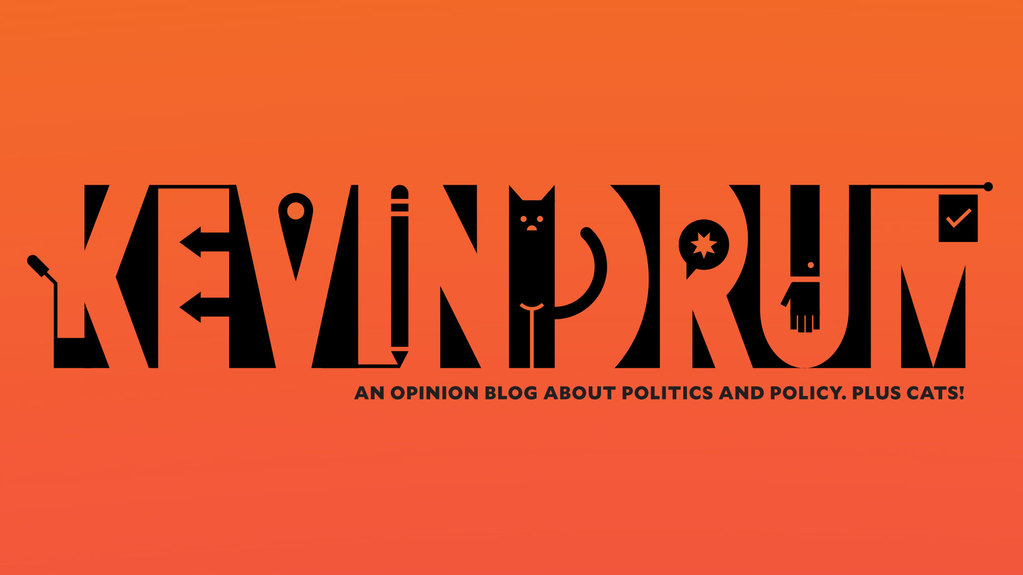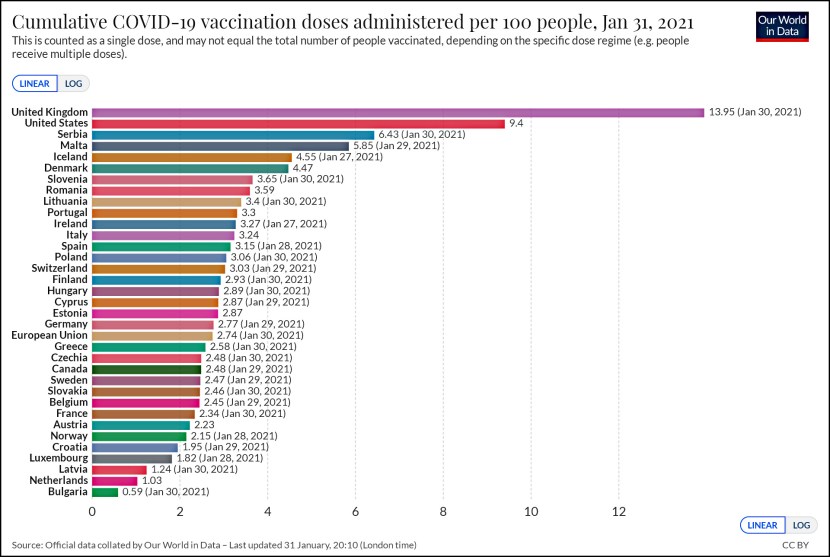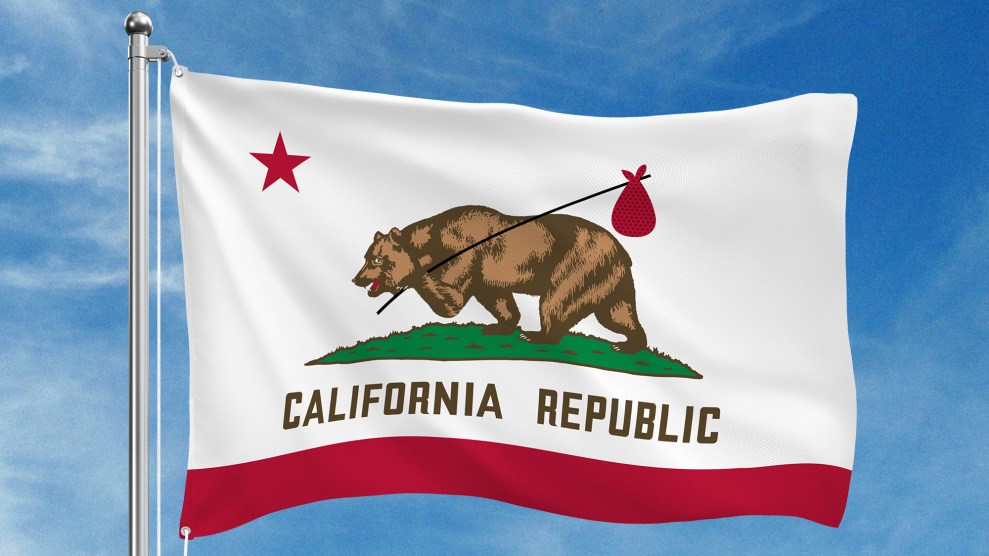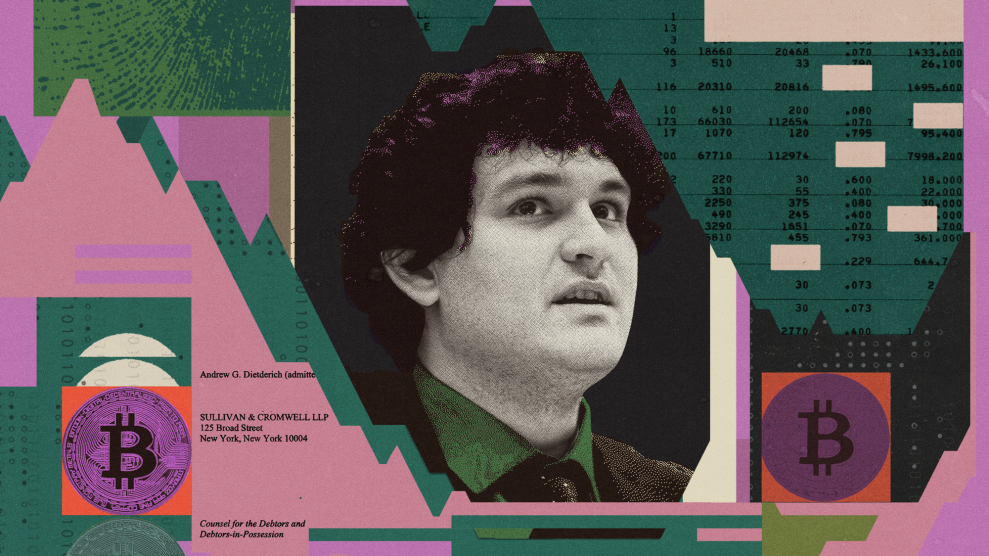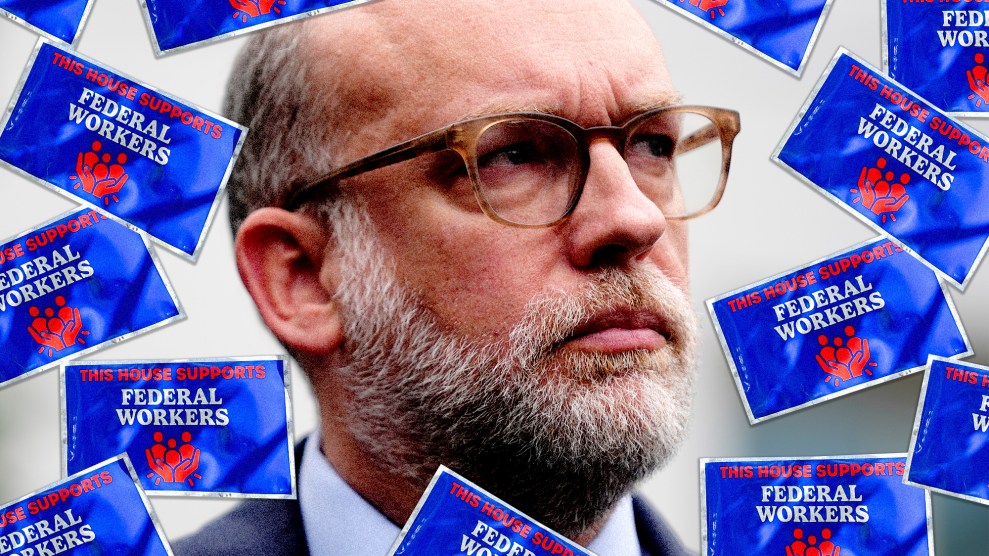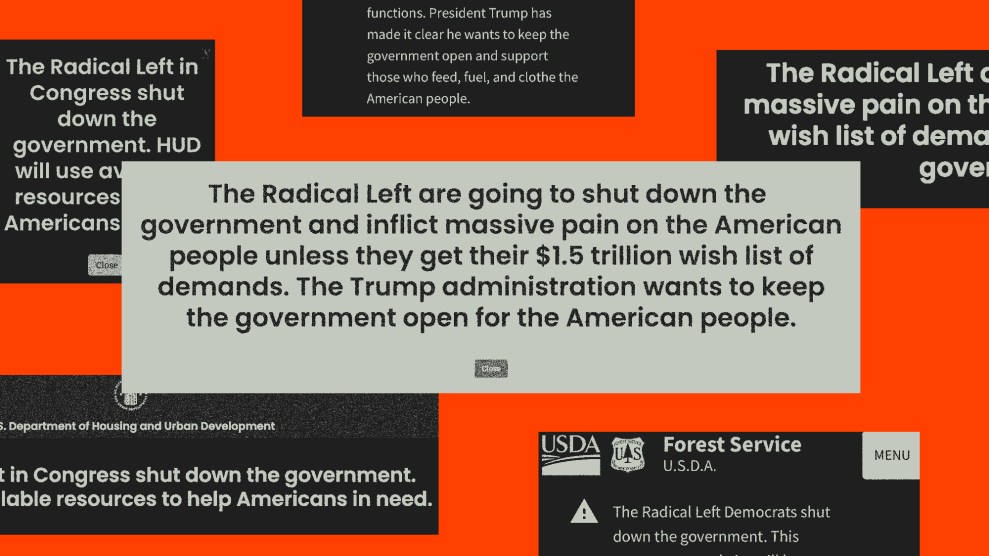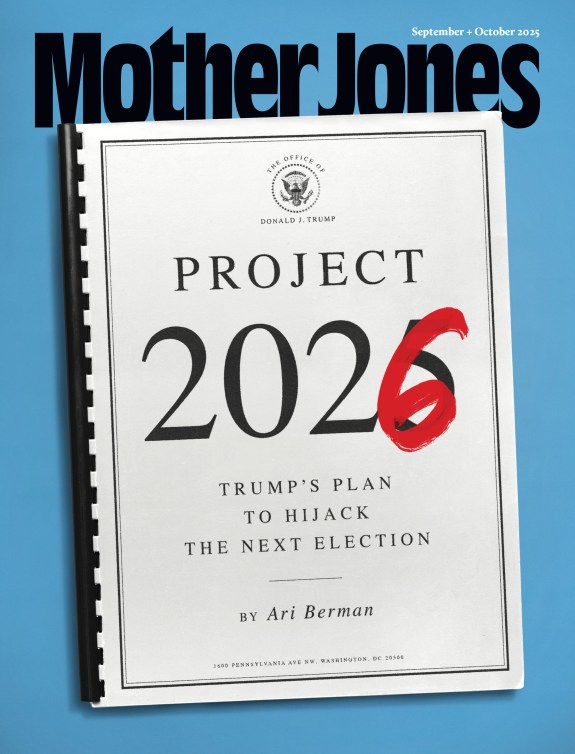Brad DeLong points to a defense of Tim Geithner’s toxic waste plan from Christopher Carroll:
Unlike the critics, the Treasury has absorbed the main lesson from the past 30 years of academic finance research: asset price movements mainly reflect changes in investors’ collective attitude toward risk.
….The details [of the Geithner plan] flow from an overarching view that the markets for the “toxic assets” that are corroding banks’ balance sheets have shut down in part because in those markets the degree of risk aversion has become not just problematic but pathological. The different parts of the plan reflect different approaches to trying to coax private investors back into the market by reducing their perceived degree of risk to levels that even a skittish risk-shy hedge fund manager might find tempting.
I don’t want to disagree with this, but I think it’s worth looking at it from a slightly different perspective. Obviously risk aversion goes up and down with  economic conditions, but one problem with our financial markets is that over the past 30 years they’ve largely convinced themselves that risk doesn’t really exist anymore. This is especially true on the fixed income side of things, where I think it’s been years since the Wall Street crowd really, truly, thought there was any risk left in the market for anyone smart enough to read a yield spread. You just needed to have the right models and the right hedging strategy.
economic conditions, but one problem with our financial markets is that over the past 30 years they’ve largely convinced themselves that risk doesn’t really exist anymore. This is especially true on the fixed income side of things, where I think it’s been years since the Wall Street crowd really, truly, thought there was any risk left in the market for anyone smart enough to read a yield spread. You just needed to have the right models and the right hedging strategy.
At the very least, investors should have learned their lesson on this score in 1998, when Long Term Capital Management collapsed. There were multiple reasons for LTCM’s failure, but the biggest one was that they felt comfortable taking enormous leveraged positions because they were convinced that their models had essentially hedged all the risk away. They hadn’t, of course, and they crashed spectacularly. But in the end the Fed oversaw a rescue, LTCM’s investors lost some money, and then they dusted themselves off and convinced each other that this was a once-in-a-century event they didn’t really have to worry about. (The guys responsible for LCTM’s implosion went back to Wall Street 12 months later to start a new fund. They had no trouble raising capital.)
But this time it’s different. It’s pretty obvious that all the credit derivatives in the world, no matter how cleverly they’re constructed, don’t genuinely hedge away risk. It’s still there, and all the guys who thought they’d discovered a magical way to insure high returns forever discovered that they were wrong.
So, yes: risk aversion is sky high right now. But this is more than just the normal ebb and flow of animal spirits. It’s sophisticated investors rediscovering the idea that risk really exists at all, even for them. That’s a tough transition. Tim Geithner’s about to find out if Wall Street has made it yet.


